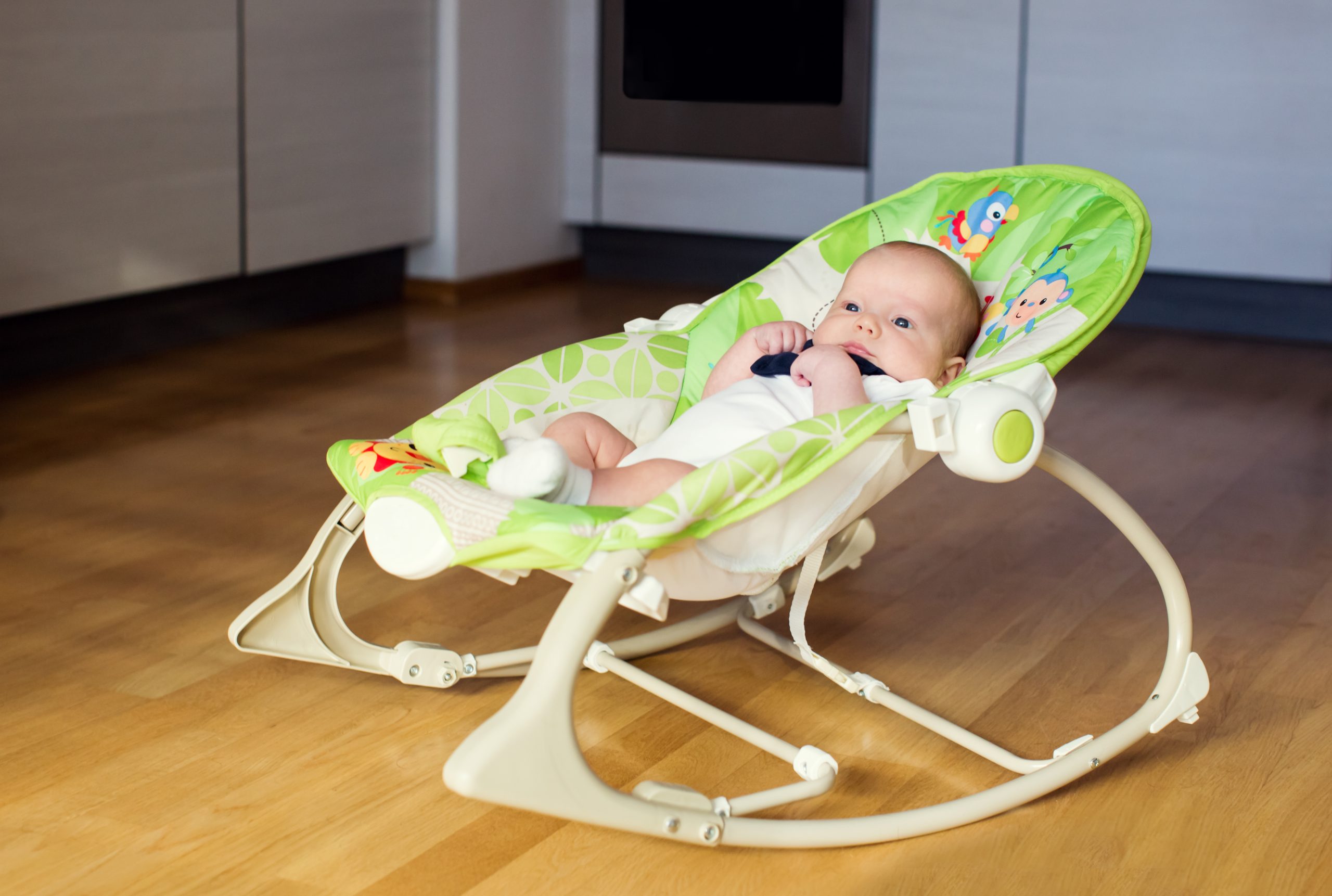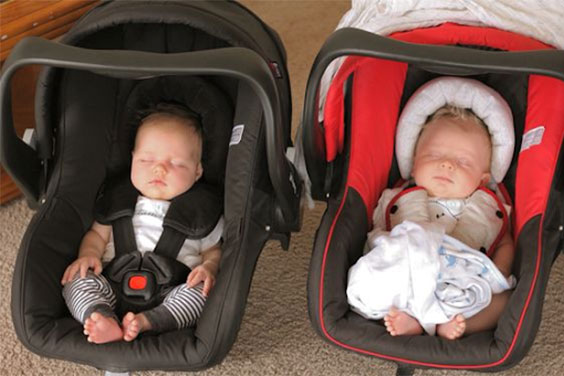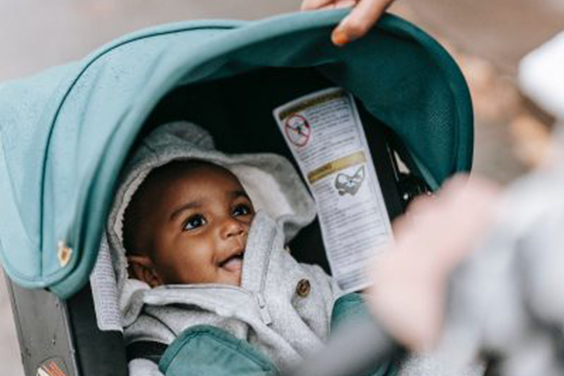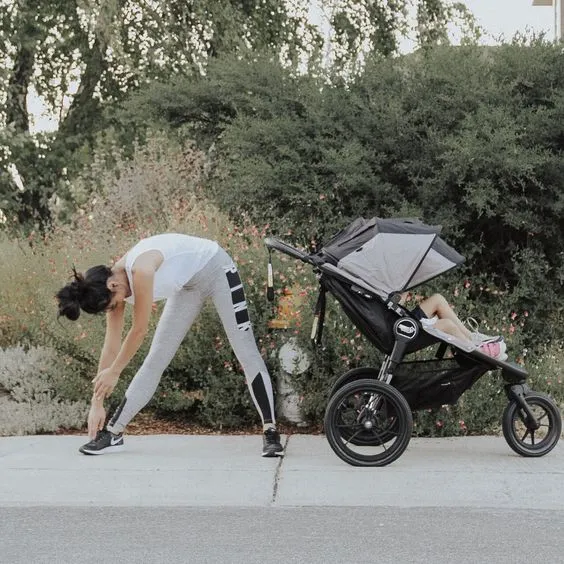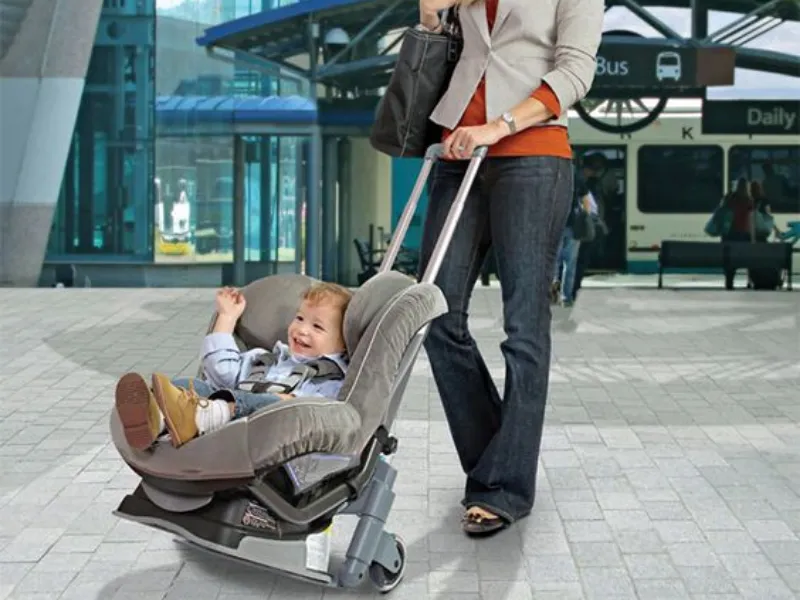When it comes to safety on the road, one of the most important considerations is ensuring that the child is properly secured in a car seat. Baby car seats are designed to protect infants and young children in the event of a collision or other emergency. There are a variety of different types of car seats on the market, so it’s important to choose one that is appropriate for child’s age and size.
Installing a car seat can be a challenge, so it’s important to read the instructions carefully and follow all of the manufacturer’s instructions. It’s also a good idea to have the car seat inspected by a certified technician to make sure it’s installed correctly. For all the mothers who are a bit perplexed about car seats, we have got the best car seat buying guide!
When you’re on the road, take extra care to avoid sudden stops and sharp turns. And always buckle up – both you and your child. By taking a few simple precautions, you can help keep your family safe on the road. Always get products like baby car seats from a genuine baby product supplier.
Know Which Type Of Car Seats You Need
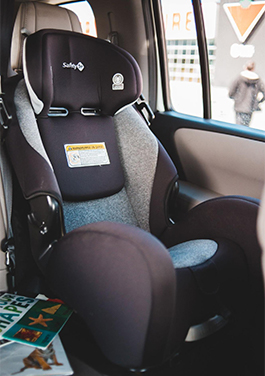
There are different types of car seats like infant, convertible, and booster. Infant car seats are for babies from birth to about one year old, or until they reach 20 to 22 pounds. Convertible car seats can be used as either rear-facing or forward-facing seats. Booster seats are for kids who have outgrown convertible seats but are not yet big enough to use a seat belt alone.
When choosing a car seat, the child’s age, weight, and height need to be considered. Also need to think about how you will be using the seat. For example, if you have a small car, you might want to get a convertible seat that can be used in both the rear- and forward-facing positions. Don’t worry we have prepared dedicated buying guides for you like booster seat buying guide, convertible car seat buying guide, and others.
If you’re not sure which type of car seat is right for your child, ask a certified child passenger safety technician for help or talk to your baby’s car seat supplier. You can find a safety technician near you by visiting the National Highway Traffic Safety Administration’s website.
Here’s a list of different types of car seats for different needs.
Infant Seats
An infant seat is a small, portable seat designed for infants and young toddlers. Infant seats are available in a variety of shapes and sizes and can be used in a variety of settings, including in the home, in the car, and public places. If you were looking for an infant car seat buying guide, here are some tips for you, for example, what types of car seats you choose: forward-facing or rear-facing?.
There are many different features that infant seats may have, including adjustable backrests, padded seats, and built-in safety features. Some infant seats also come with a variety of accessories, such as sun shades, cup holders, and storage pockets.
The main advantage of an infant seat is that it allows infants and young toddlers to be safely seated in a variety of settings. Infant seats also provide a comfortable and convenient place for infants and young toddlers to sit and can be easily transported from one location to another.
The main disadvantage of an infant seat is that it can be expensive. Additionally, infant seats can be bulky and difficult to store when not in use. Get in touch with the best infant car seat manufacturer in town.
Convertible Seats
A convertible seat is a type of car seat that can be used in both the rear-facing and forward-facing positions. Convertible seats are usually more expensive than other types of car seats, but they offer the advantage of being able to be used for a longer period of time. Convertible car seats can be used for infants and toddlers, and some models can even be used for children up to the age of four or five.
One disadvantage of convertible car seats is that they can be heavy and bulky, making them difficult to transport. Another disadvantage is that they can be challenging to install, particularly in the rear-facing position.
Combinations Seats
The combination seat is a type of car seat that can be used in both the forward-facing and rear-facing positions. This makes it a versatile option for parents who want to use one seat for both their infant and toddler. However, there are some advantages and disadvantages to using a combination seat.
One advantage of the combination seat is that it can be used for a longer period than a traditional infant car seat. This means that you won’t have to buy a new seat as your child grows. Another advantage is that the seat can be easily converted from the rear-facing to the forward-facing position. This can be helpful if your child is uncomfortable in the rear-facing position or if you need to change positions for any reason.
There are some disadvantages to using a combination seat, as well. One is that the seat may not be as comfortable for your child as a traditional car seat. Another disadvantage is that the seat may not be as safe as a traditional car seat. It is important to consult with your child’s doctor before using a combination seat to make sure it is the right choice for your family.
Booster Seats
A booster seat is a car seat designed to improve the fit of a seat belt for children who have outgrown their forward-facing car seat but are not yet big enough to use a seat belt safely on their own. Booster seats are available in both high-back and backless models.
High-back booster seats offer additional support for the child’s head and neck and are often preferred for use in vehicles with low seat backs or no headrests. Backless booster seats are less expensive and may be a good option for older children who can sit up straight and keep their back against the seat back.
Booster seats must be used with a lap and shoulder seat belt, and the child should be seated in the booster seat in the back seat of the vehicle. The shoulder portion of the seat belt should be positioned over the child’s shoulder, and the lap portion should be positioned under the child’s thighs.
Booster seats can be a great way to keep your child safe while riding in the car. However, you should remember a few things. First, booster seats must be used with a lap and shoulder seat belt. Second, the child should be seated in the booster seat in the back seat of the vehicle. And finally, the shoulder portion of the seat belt should be positioned over the child’s shoulder, and the lap portion should be positioned under the child’s thighs.
Rear-Facing Seats
Rear-facing seats are increasingly popular for young children, as they are considered to be the safest option for car travel. However, there are some advantages and disadvantages to consider when deciding whether or not to use a rear-facing seat.
Advantages of rear-facing seats include the fact that they provide the best protection for the child’s head, neck, and spine in the event of a collision. They also allow the child to see out the back window, which can be useful for younger children who get bored easily on long car journeys.
Rear-facing seats are considered the safest option for young children, as they offer the most protection in the event of a collision. However, there are some disadvantages to using a rear-facing seat, such as the child being unable to see out the window and the seat taking up more space in the vehicle.
Other disadvantages of rear-facing seats include the fact that they can be more difficult to install than forward-facing seats, and they can be less comfortable for the child if they are not reclined at the correct angle. Some children may also find it more difficult to see out the front window when seated in a rear-facing seat.
Forward-Facing Seats
Most car seats for young children are designed to be used in a rear-facing position. However, there are also forward-facing car seats available. These seats are typically used for children who are at least four years old and weigh at least 40 pounds.
There are several advantages to using a forward-facing car seat. First, it allows the child to see out the front window of the car, which can help reduce motion sickness. Second, it can be easier for the child to get in and out of a forward-facing seat. Third, forward-facing seats typically have higher weight limits than rear-facing seats, so they can accommodate larger children.
There are also some disadvantages to using a forward-facing car seat. First, in the event of a frontal collision, the child’s head and neck will be thrust forward, which can lead to serious injuries. Second, forward-facing seats can be less comfortable for long trips because the child is not reclining. Finally, forward-facing car seats are usually more expensive than rear-facing car seats.
Recommend Car Seats
Here are our top picks for car seats for your baby.
Baby Car Seat RDC007
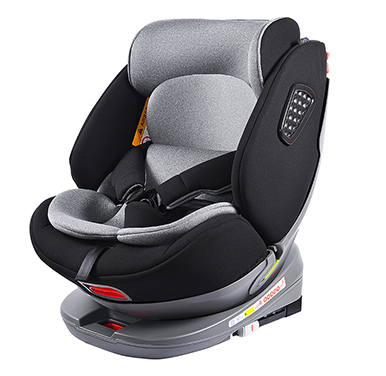
This model is a convertible car seat that can be easily switched from front-facing mode to rear-facing one. It provides you with 360-degree rotation and flexibility with ultra-soft cushions for your baby.
Baby Car Seat RDC006
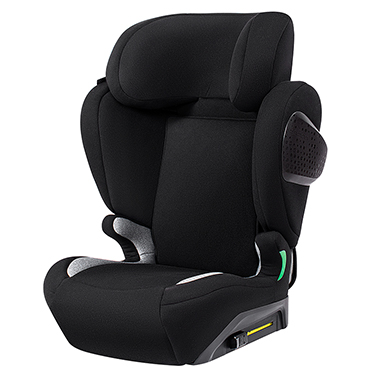
This one here is a booster model with a 3-point car seat belt. It provides a stature up to 150 cm and comes with fluffy cushioning. It is a forward-facing car seat.
Baby Car Seat RDC003
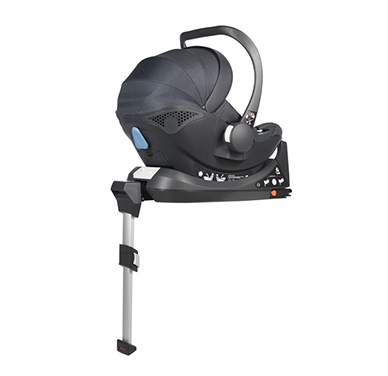
This model is based on R-129 regulations and comes with a protective side lining for preventing impact from the sides. It has a foldable roof and can be released single-handedly from the stroller. It has a melange fabric with an option for customizable color.
Doona Infant Car Seat
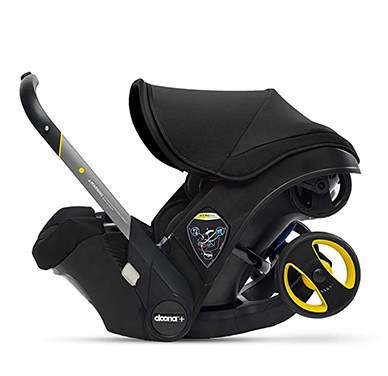
This car seat comes with a stroller and latches connectivity option that is compatible with strollers of different brands. It has a weight limit of 35 pounds and is a convertible car seat.
Britax B-Safe Gen2 Infant Car Seat
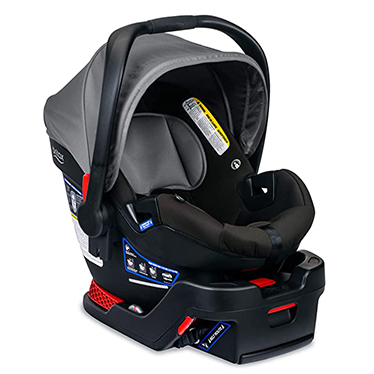
This seat is perfect for kids weighing nearly 35 pounds or less. The seat is compatible with the Britax stroller. It provides sufficient ventilation and is easy to maintain.
Chicco KeyFit 30 Infant Car Seat
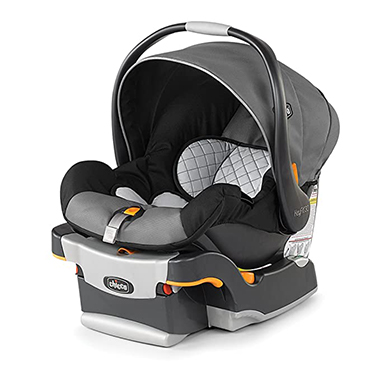
This car seat is compatible with strollers from the same brand. This seat provides a space for babies to recline their heads comfortably. The seat is easy to install and has great portability.
Car Seat Installation
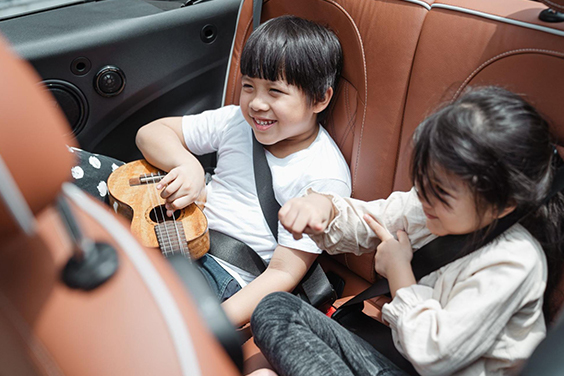
Car seat installation is a critical safety measure for all parents and guardians to take. There are many resources available to ensure that the installation is done correctly. The National Highway Traffic Safety Administration provides detailed instructions on its website. Additionally, many local police and fire departments offer car seat installation clinics.
These clinics provide an opportunity for parents and guardians to have their car seat installation checked by a certified technician.
To ensure that your car seat is installed correctly, please follow these steps:
- Read the car seat manual and the vehicle owner’s manual.
- Choose the right car seat for your child’s age, weight, and height.
- Position the car seat in the back seat of the vehicle.
- Secure the car seat to the vehicle using the seat belt or LATCH system.
- Adjust the car seat straps to fit snugly around your child.
- Test the car seat to make sure it is installed correctly.
Find out more about safety tips and regulations of car seat safety by NHTSA.
Considerations For Selecting Car Seats
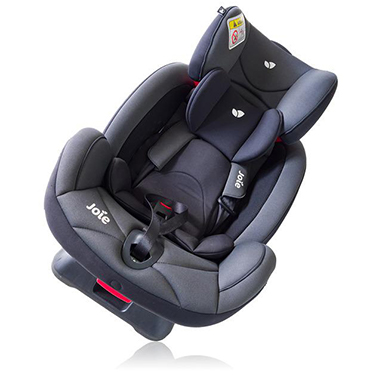
When it comes to choosing a car seat for your baby, there are a few things to keep in mind. First, you’ll want to make sure that the seat is appropriate for your child’s age, weight, and height. Second, you’ll want to choose a seat that is easy to install and use. Third, you’ll want to consider your budget.
There are various types of car seats to choose from. For infants, you can choose anyone between rear-facing and front-facing seats. Rear-facing seats are the safest option for infants, so if you can, you should choose a rear-facing seat. Front-facing seats are also safe, but they’re not as safe as rear-facing seats.
For older children, you can choose between a booster seat and a seat with a built-in harness. Booster seats are less expensive, but they’re not as safe as seats with a built-in harness. If you can, you should choose a seat with a built-in harness.
Once you’ve considered all of these factors, you’ll be able to choose the best car seat for your baby. Always refer to a car seat buying guide before you chose to buy one.
Things You Must Know Before Buying A Car Seat
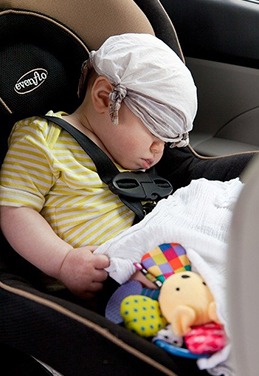
There are certain things to remember when you consider buying a car seat for your baby. Here’s a quick brief of the same.
- Safety
Safety is the ultimate reason for buying a car seat. A car seat would be of no use if it doesn’t assure the required safety for your baby. Depending upon the kid’s age the car seat should provide appropriate protection for harmful situations.
Check the guarding rating of the car seat as provided by the National Highway Traffic Safety Organization. This rating will help you determine the degree of safeness a particular car seat will provide your baby.
- Ease of Installation
The last thing you wish to spend your time is on understanding the complexities of installing a car seat. Therefore, before you buy a car seat you should be aware of the ways to install it.
If you don’t understand how to install the car seat then purchasing one is of no use. Also, for urgent situations, you need a car seat that is easy to install so that you can quickly carry your baby with you with complete safety.
- Comfy for the baby
Since your baby will be residing in the car seat for longer hours they deserve a comfortable seat. If the padding and cushioning of the car seat are extremely hard or rough to the touch then it will make your baby annoyed.
Therefore, you must look for the cushioning of the car seat and determine whether your baby can comfortably doze off in this seat. Try different models until you find one that suits your baby’s comfort.
- Features
Your car seat for the baby should be equally compatible with the baby stroller. If it ain’t a perfect fit for your baby stroller then you should look for one that fits right. Other features like the seat type and the cushions used to prevent side impact should be checked.
- Price
The car seats are available at a wide range of prices. The more precise and high-quality features you select the more you pay. Therefore, you must consider how frequently you would use the car seat and other factors before buying one.
- Maintenance cost and portability
If you are a parent whose work demands him/her to travel frequently, or if you have any other situation where you are mostly traveling. Then, you will need a baby car seat that is easy to maintain and portable. You don’t wish to waste your energy handling stubborn seats with no proper adjustments.
Car Seats Legal Requirements in Different Country
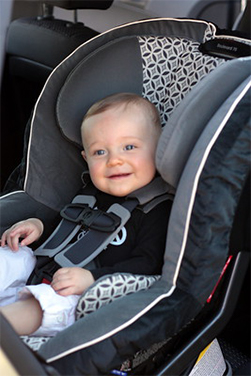
The car seat requirements differ across various nations. Here’s a quick guide to help you in knowing the legal requirements of car seats across different countries.
The United States
According to the American Academy of Pediatrics (2003), parents are suggested not to keep their infants in car seats for long hours to avoid supine disorders. Other regulations include that kids above four years of age can wear car seat belts without car seats.
Maximum states suggest that infants should be wearing rear-facing car seats at least one year old or weigh a minimum of 20 pounds. NHTSA has suggested the use of booster seats for all kids who are less than 4 ft in height.
European Union Regulations
The United Kingdom and other European countries obey these regulations. According to this, kids who are less than 53 inches in height are liable to the use of restrained car seats. If you are purchasing a car seat from any European country then the car seat should be approved by the UNECE regulation or any similar authority.
Australia
Kids under 4 years of age are to be seated in rear-facing car seats. Anyone above 4 years and below 7 years is suitable for forward-facing car seats. Australia has 6 types of car seats that are classified based on the height of the baby and not the weight. Kids above seven years of age and below sixteen should abide by wearing seatbelts under driver’s observation.
Brazil
Kids below seven years of age and heights less than 4 ft should be given booster car seats. Kids under 10 years should be seated in the back seats of the car.
Conclusion
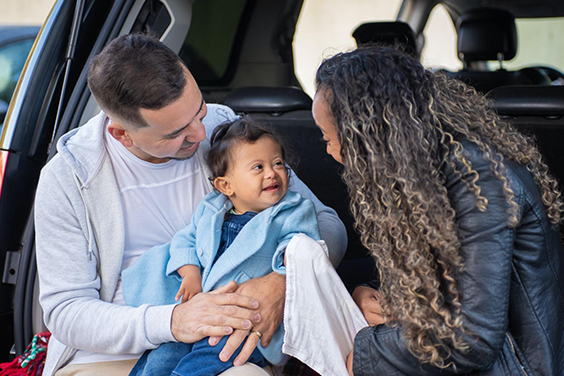
When choosing the best car seat for your baby it is important to consider the safety features and standards of the seat. This way you can be sure that when your baby is in the seat they are safe and secure. We hope that this blog has been helpful in your decision-making process when considering which seat is right for your baby.
While car seats are a necessity, they are also a very important piece of baby gear that you are going to have to use for a long time. We hope that you take the time to consider different car seats and find one that will be safe and easy to use for your baby. Check out more fun baby products here at Riverbaby Group.
